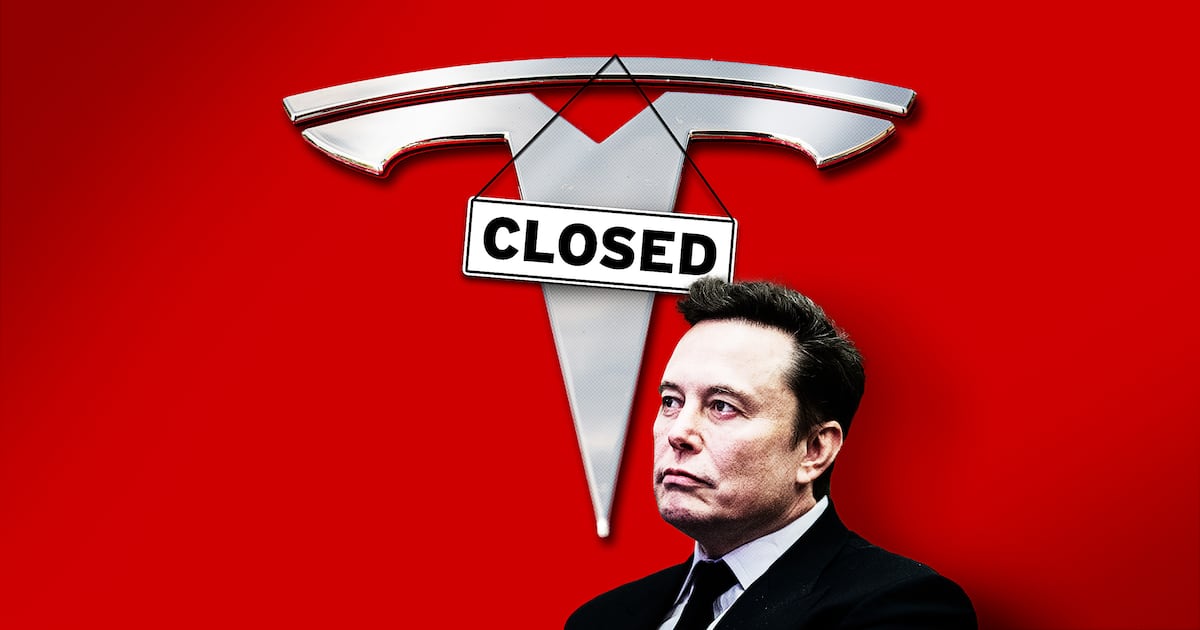
It’s one of my favorite lines in Citizen Kane, the 1941 classic about a newspaper publisher. Kane is responding to his top financial advisor who just pointed out that Kane’s newspaper empire is losing a million dollars a year.
Charles Foster Kane: “You're right, I did lose a million dollars last year. I expect to lose a million dollars this year. I expect to lose a million dollars next year. You know, Mr. Thatcher, at the rate of a million dollars a year, I'll have to close this place in...60 years.”
Turns out he was right, give or take a few years. Sixty-eight years after Kane uttered those words, the newspaper industry is staring death in the face.
If they want to stay in the news business, they need to get much more aggressive about giving people news the ways they want to get it.
Last week brought more news of impending doom. The Minneapolis Star-Tribune filed for bankruptcy protection, the Hearst Corporation announced it would close the 146-year-old Seattle Post-Intelligencer unless a very unlikely buyer is found, and a few weeks earlier, E.W. Scripps made the same announcement about the Rocky Mountain News. A month before that, the venerable Tribune company, owners of the Chicago Tribune, Los Angeles Times, Newsday and other major papers, also filed for bankruptcy.
We know the problems have surfaced everywhere. While some papers continue to make an operating profit, those profits are shrinking, and many papers are still being crushed because the profit isn’t enough to fund the debt that was taken on by the paper’s buyers. This is the case in places like Philadelphia and Minneapolis, as well as with the entire Tribune Company. Once immensely profitable regional newspapers like the San Francisco Chronicle and Boston Globe are losing a lot of money. The Chronicle is rumored to be losing more than a million dollars a week!
Newspaper companies need to turn the tide and turn it fast if they want to stay in business at all. It’s time to go on the offensive and renovate their businesses around the changing needs and demands of their customers. The difficulty lies in that much of their future may not involve paper, and the industry is having a hard time changing its name.
If they don’t, they will become what the railroad industry became. The railroads could have survived as major players in the business of transporting people, had they believed they were in the transportation business, not the train business. They would have invested in cars, buses and airplanes. But they didn’t, and while there remains a railroad industry today, it’s much smaller and less significant than it was.
That’s what will happen to the newspaper business unless the remaining players decide they are not in the newspaper business at all, but rather the news business. And if they want to stay in the news business, they need to get much more aggressive about giving people news the ways they want to get it. I say “ways” because the future of news will not be about one form of delivery. Studies now show us that consumers no longer get their news from one or two sources, but from many sources in many ways: from computers to BlackBerries and iPhones, to television and radio, to screens in elevators and at coffee shops throughout the day.
Luckily, since they are still the most adequately staffed local providers of news and information, newspapers have some time to take advantage of their strengths and move quickly into new and still-developing platforms. But to do this, they’ll need to be nimble and fast.
By definition, news has a short shelf life. So in many cases, consumers want to know about news as soon as it happens. That could be the kind of news that everyone wants, like the plane landing in the Hudson, or it can be very personal, like one of your stocks just went way up or down, or the road you normally use to drive home from work is closed because of an accident. The fact is, the consumer now wants to participate in deciding how and when they get each type of news and who they get it from. This is their world.
The most difficult thing for the industry is creating all new business models to pay for that news, so they need to be aggressive in learning how to monetize news delivered over each of these new forms. The advertising model may not always work. Certain types of advertising that supported news, like classified ads, are gone from the newspaper and won’t be coming back. So now it is imperative that the industry find a way for the public to pay for the news it gets.
But they can’t start by making the public pay for the cost of producing a printed newspaper, when all they want is digitally delivered news. The public won’t pay for the industry’s problem. Face it, printed papers are old news.
Frankly the industry hasn’t done a very good job of convincing people that it can create a new business model. Doing so takes time and money, and newspaper companies are already low on both. Public newspaper companies have been crucified by their investors. The McClatchy Company, which made the biggest bets on the future of the industry by buying The Knight-Ridder chain, has seen the value of it’s stock drop 98 percent over the past five years—that’s what you would call a real no-confidence vote from the shareholders.
So here’s the rub: The newspaper companies need to develop business models that support newsrooms, not newspapers. And it’s likely going to be the private companies who don’t have to satisfy the public need for improved quarterly earnings that can lead the charge. They have to envision what the news business will look like in the future and build business models that support that, without the added burden of supporting a delivery system most users don’t care about. And they have to invest heavily in news gathering and news dissemination. The goals are both speed and context. The newsroom has to be part CNN Headline News and part The Economist.
The business transition from newspaper to news company is painful, but it’s the path they have to take. The new news companies will be built around what they cover, not how they distribute the news. There will be a news company, or more than one, covering subjects like national or financial news. There will also be newsrooms covering San Francisco or New York news. And each will have a news-gathering operation and a news-editing operation that will disseminate the news they gather over all platforms, from print (if there is a market for print) to TV, radio, mobile, and the Internet. In each case, they will be paid for that content, either directly or through advertising sales. They might not even own the products that consumers use to get the news—certainly not the iPhones or BlackBerries, and not even necessarily the radio or TV stations or printed newspapers. They just have to be good at gathering and disseminating. If newspaper companies want to stay in business and stay relevant, they will need to leave the distribution game to someone else.
So, Mr. Kane, prepare to lose some more money, if you have it. If you can be a bit patient while you do that, you might still be business when it’s over.
Larry Kramer is senior advisor at Polaris Venture Partners, a national venture-capital firm. He served as the first president of CBS Digital Media. Prior to joining CBS, Kramer was chairman, CEO, and founder of MarketWatch Inc. Kramer spent more than 20 years in journalism as a reporter and editor at The San Francisco Examiner, The Washington Post, and The Times of Trenton.





